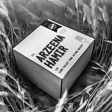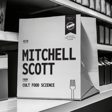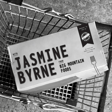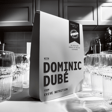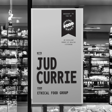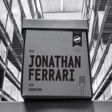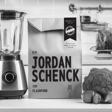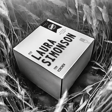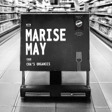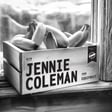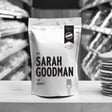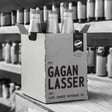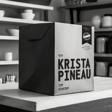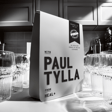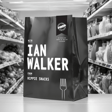
Chef Charlotte Langley | Scout Canning
We’re staying in the culinary world for this one as we venture into the depths of the artisanal seafood industry. The heart and soul that Chef Charlotte brings to sustainably sourced gourmet tinned fish is a beautiful thing and you’re going to love this one, she’s a total wildcard.
In this episode you’ll learn about her experiences and perspectives in the restaurant world, her take on the importance of seafood in our weekly diet, consumer awareness of sustainable practices, traceability and certifications, her approach as a chef to canning, meal creation and shopping — and flavour scheming and delicious recipes and… okay, you get it.
Let’s get into it, here’s Chief Culinary Officer Chef Charlotte Langley from Scout Canning.
Oh, and if you want the highlights - here you go:
Chef Charlotte, residing in Prince Edward County, Ontario, discusses her background and her passion for bringing colour and energy into her culinary creations.
She shares her journey from working in fine dining to becoming the culinary professional she is today, emphasizing her love for creative and engaging environments.
Chef Charlotte envisions her ideal grocery store, focusing on customer experience, a variety of culinary inspirations, and the importance of sustainability. She imagines a store with sections representing different world regions, fresh and on-sale items, and an inviting atmosphere with wide aisles and soft lighting.
Transitioning from restaurant kitchens to creating a sustainable product for home use, Chef Charlotte discusses her venture into tinned fish with Scout Canning. She emphasizes the importance of sustainable, trustworthy seafood and the heritage of canning as a method of preservation.
Chef Charlotte talks about the innovation behind Scout Canning's products, such as incorporating diverse flavor profiles and ensuring the highest quality. She discusses the challenges and opportunities in the tinned fish market and her commitment to transparency and sustainability.
The discussion shifts towards the challenges of sustainability in the seafood industry. Chef Charlotte stresses the importance of consumer awareness and the role of certifications like MSC in promoting responsible fishing practices. She highlights the need for more transparency and accountability in the industry.
Chef Charlotte expresses concern but also hope for the future of the ocean's resources. She discusses the importance of regenerative systems, diverse diets, and supporting initiatives that promote the sustainable use of ocean resources.
Chef Charlotte shares some of her favorite brands and products, giving shoutouts to innovative companies in the food industry.
Learn more at https://enjoyscout.com/ and https://www.instagram.com/scoutcanning/
